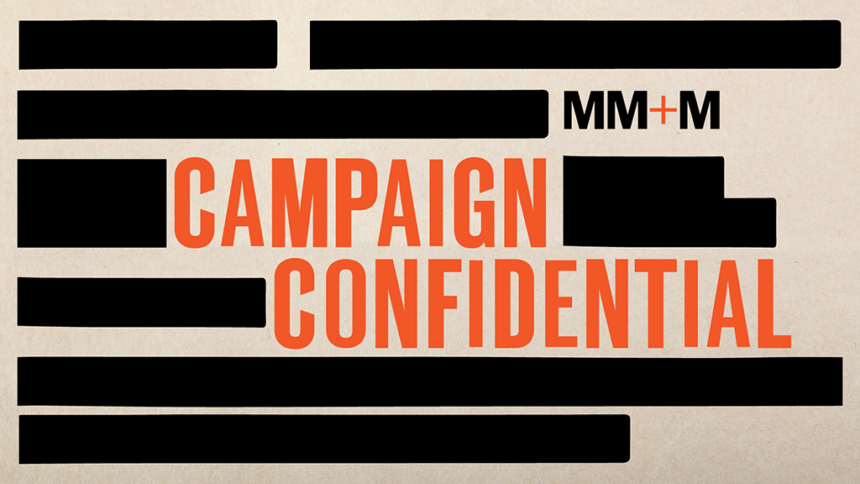For more than two decades, school shootings in Sandy Hook, Parkland, Uvalde and countless other places across the U.S. have captured headlines. Yet despite dominating the news cycle, opportunities for positive change have often been lost amid polarized divisions and political inaction.
To fix this dynamic, Northwell Health, New York’s largest healthcare provider, has decided to approach the problem of guns in America from a different angle. The provider organization is focusing on youth gun violence not as a political issue but rather as a public health one.
At the center of Northwell’s new gun safety campaign is a 30-second TV spot, “Doesn’t Kill to Ask about Unlocked Guns,” in which two parents ask whether another couple’s pet tiger (heard off-screen, but not seen) will be locked up for the entirety of a playdate. The spot will only be aired in New York, but it can be seen on Northwell’s gun safety site.
More than 20 children and teens are shot every day in America, according to the Brady Campaign to Prevent Gun Violence. Many of those deaths are suicides or accidents that could be prevented by gun owners safely storing their weapons.
The goal of the spot is to make conversations about gun safety as common as ones about, say, peanut allergies or swimming pools. Given that many PSAs around gun issues opt for graphic imagery that cause a powerful emotional impact, the Northwell ads approach the topic with a levity that might seem surprising given the subject matter.

Though Americans may be hesitant to engage in debates about gun regulation, which can become charged and unproductive, many parents are reluctant to ask if there are guns in a house and if they are properly stored when dropping off their children for a playdate.
Scott Goodson, CEO of StrawberryFrog (which has worked with Northwell since 2019), describes how the agency changed its approach to the issue of gun violence.
“We wanted to tell a story that hadn’t been told before and we wanted to tell it in a way that would be accessible to a wide range of Americans,” he says. “We also wanted to tell a story that seemingly is absurd. They’re going to drop their child off at a playdate and the other family has a tiger in the house. Of course they would ask, ‘Is your tiger locked up?’ If you would ask if the tiger’s locked up, then you should also ask if their guns are locked up. It’s not a crazy question.”
Ramon Soto, SVP, chief marketing and communications officer at Northwell Health, says part of the reason the health system is trying a different strategy than one based on fear is simple: the graphic approach has been attempted and yet the problem persists. Soto adds that the lighter tone also serves a valuable purpose in that it doesn’t put gun owners on the defensive, instead encouraging them to be part of the conversation. This is something that, according to Northwell’s research, they are open to.
“The majority of gun owners, something like 93%, were willing to have that conversation as well,” he says. “Once you probe and you say, ‘Hey, let’s open up this area of conversation,’ consumers are willing to do it.”
Soto continues: “There are more than 400 million guns in a country with 320 million people. Guns aren’t going anywhere. It’s in the Constitution. If they’re here, let’s make sure it’s as safe as possible and save some kids’ lives.”
In addition to airing the ad, Northwell has created a coalition of more than 1,000 healthcare partners — including the American Hospital Association, Children’s Hospital Association and The Catholic Health Association of the United States — committed to the gun safety movement. Northwell shares its creative with them and much of it can be found on the website for Hospitals United.
Soto happily gives much of the credit for the Hospitals United initiative to Rhoda Weiss, chair of the American Marketing Association’s healthcare summit.
“I presented the campaign about four months ago and there was a lot of interest,” he says. “She then whipped the votes and got other coalition partners to participate.”
All the different components of Northwell’s gun safety efforts share one ultimate goal: to create a movement where “parents are much more comfortable having a conversation that they don’t know they should have,” Soto says.
“I was shocked when I read that gun violence was the leading cause of death of children. I was saying, ‘I don’t believe the number.’ I had to go on the [Centers for Disease Control and Prevention] website, look at the data, and it was amazing to see the spike,” he says. “That trend is not our friend. We want parents to be engaged and to leverage the protective instinct we all have when it comes to our children.”








